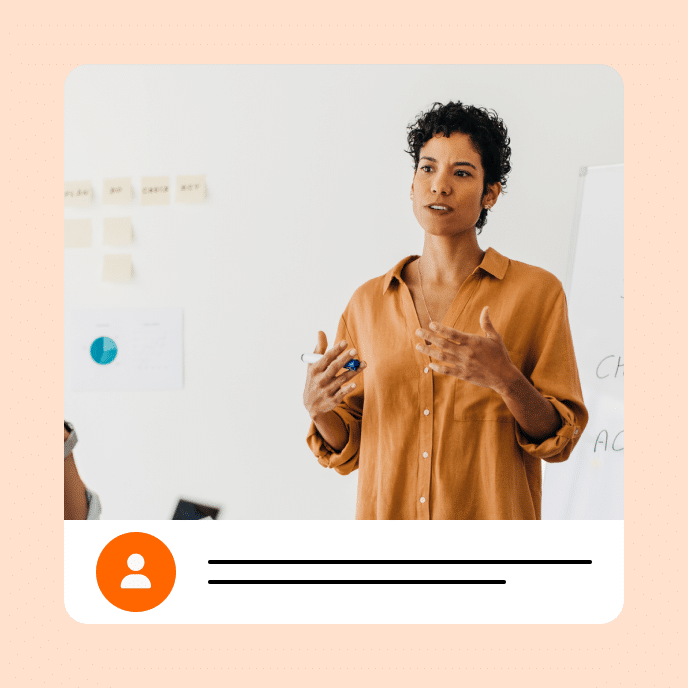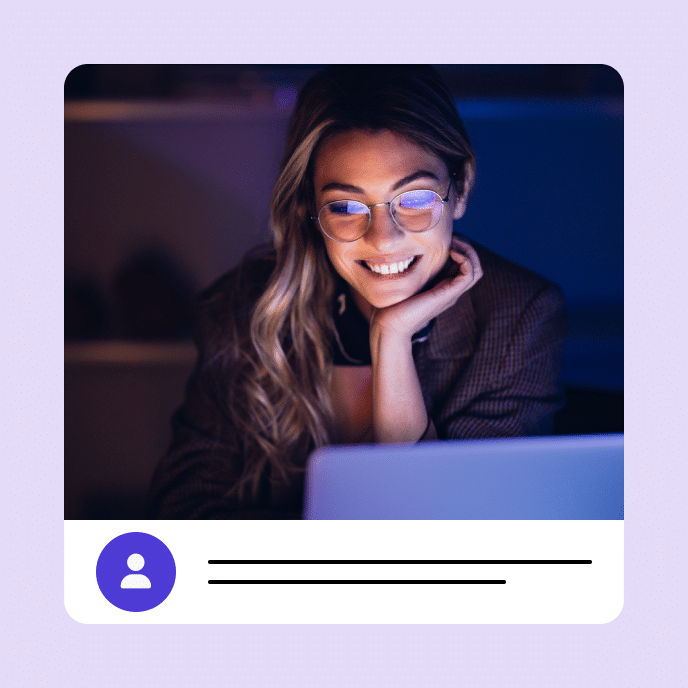How to Create Learning Objectives That Drive Real Performance Change
Create effective learning objectives by focusing on measurable performance, knowing your audience, and identifying prerequisites. Skip the jargon and drive real results.

Creating effective learning objectives doesn’t have to be complicated or filled with educational jargon. This practical post shows you how to write objectives that focus on real performance change, helping you build training that delivers measurable results.
If you’re new to instructional design, this straightforward approach will help you create objectives that actually work.
Start with the “Big Picture“
Every e-learning course needs a clear goal. Before diving into the details, talk with your stakeholders about what they want the course to accomplish. This conversation helps you figure out what learners really need to do differently after taking your course.
Think of it like planning a road trip – you need to know:
- Where you’re starting from (current knowledge/skills)
- Where you want to end up (the goal)
- What it takes to get there (the learning journey)
Three essential questions for building your objectives
Your objectives will come together naturally when you answer these key questions:
What exactly needs to be learned?
- Focus on what learners will DO, not just what they’ll “understand”
- Ask yourself: “How will I know if they’ve learned this?”
- Link everything to real, measurable performance
Who’s doing the learning?
- Get specific about your audience
- Are they new hires? Managers? Experienced staff?
- You don’t need a deep analysis – just enough to know who you’re teaching
What do they need to know before starting?
- Don’t make assumptions about what learners already know
- Every course has prerequisites
- Either require these skills upfront or build them into your course
Making objectives that actually work
Here’s a real-world example to show you the difference between vague and effective objectives:
❌ Vague objective: “Understand how to edit time cards”
✅ Better objective: “Frontline managers will accurately edit and approve employee time cards using the ACME payroll system”
The better version tells you:
- Who’s learning (frontline managers)
- What they’ll do (edit and approve time cards)
- What tools they’ll use (ACME payroll system)
- How you’ll measure success (accuracy)
Breaking down your main objective
Once you have your main objective, examine it for hidden assumptions that might need their own sub-objectives. Think about it like building blocks – each skill often depends on other skills.
Take our time card example: before someone can edit time cards, they need to know their way around the ACME payroll system. That’s your first hidden assumption. But keep digging – do they need to understand time card policies first? Do they know where to find the time card data they’ll be editing? Each of these could be a prerequisite skill or an additional learning objective within the training module.
The trick is to keep asking “What do they need to know first?”
For each skill you uncover, you have two choices: either make it a prerequisite for your course or include it in your training. This careful breakdown ensures you’re not leaving any knowledge gaps that could trip up your learners later.
The bottom line
Don’t get hung up on perfect phrasing or rigid formats. What matters is that your objectives:
- Focus on real performance (what people will DO)
- Clearly identify who’s learning
- Spell out what learners need to know before starting
Once you have solid objectives, you can start gathering content and building your course with confidence that you’re teaching the right things to the right people in the right way.
You may also like

How to Establish Meaningful Success Metrics for E-Learning
Discover a streamlined process for establishing e-learning success metrics that matter to stakeholders and accurately reflect your training’s true impact.

